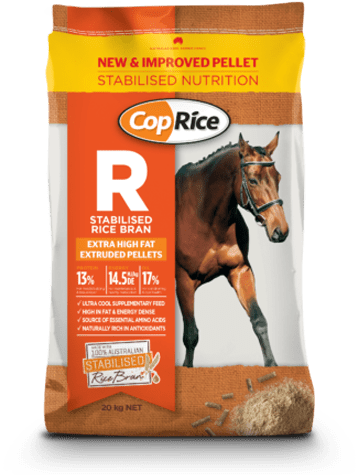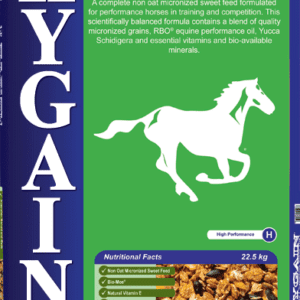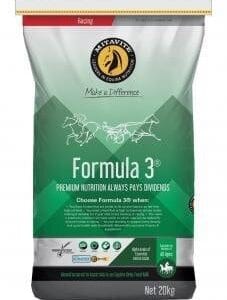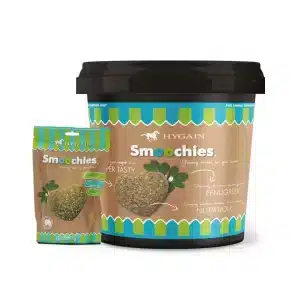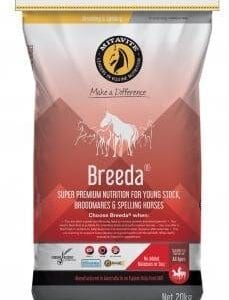Ingredients
Rice Bran
OAT FREE
MAIZE FREE
WHEAT FREE
GLUTEN FREE
SOY FREE
Nutrition Stack
PROTEIN
Rice bran contains protein of high biological value, meaning good availability of amino acids for absorption. These include lysine which helps to improve protein efficiency for growth, muscle mass and topline, and methionine for hoof integrity, and helping maintain healthy skin and coat. Amino acids are the building blocks of protein and are an essential part of virtually all of a horse’s soft tissue. Insufficient quantities can result in weight loss and poor condition.
CARBOHYDRATE
100% Australian rice bran is gluten free, highly digestible and palatable due to its slightly sweet taste. Rice bran is the outer layer of the grain removed by polishing brown rice to become white rice. It is a highly nutritious product, being a rich source of energy from fat, fibre and starch. It’s high oil, digestible fibre and starch content, makes it an ideal feed for adding energy without the fizz.
RICE BRAN OIL
Sourced exclusively from Australia, CopRice rice bran oil is energy dense and full of goodness including natural antioxidants gamma oryzanol and tocopherols, and omega 5, 6 and 9 fatty acids. It is a beneficial energy source that conserves glycogen stores during exercise to delay fatigue and improve stamina. Rice bran oil can help maintain appetite and is great for building topline and muscle definition.
FIBRE
Fibre is the most important component of a horse’s diet aside from water. It is digested by bacteria in the hindgut producing energy, as well as providing ‘gut fill’ for the large gastrointestinal tract, which keeps the horse healthy and feeling full. It also absorbs water helping to maintain hydration and improve endurance. Fibre is absolutely essential to well-being, with insufficient fibre contributing to behavioural problems such as acidosis, gastric ulcers and colic.
MICRO-NUTRIENTS
Micro-nutrients are part of most chemical reactions, helping to activate and mobilise vitamins, minerals, amino and fatty acids, transporting them around the body. Vitamin E is present in cells in the body, supporting immunity, cardiovascular, circulatory and neuromuscular functions. Vitamins A and D3 can benefit calcium absorption, wound healing and cell health. Water soluble B vitamins are vital for metabolism and energy production.
ANTIOXIDANTS
Rice bran oil is naturally rich in antioxidants gamma oryzanol and tocopherols, which help protect cells against oxidative damage, strengthen the immune system and may improve reproductive function. The combination of organic selenium and vitamin E results in a more effective protection of cell membranes against damage caused by stress, pain or intensive exercise, which improves the horse’s endurance capacity and performance.
Daily Feeding Guide
Suggested Feeding Rate (Kg/Day)
|
MAX. 15% |
MAX. 20% |
MAX. 25% |
MAX. 30% |
| Horses & Ponies |
|
|
|
• |
| Dairy Cattle |
|
|
|
• |
| Beef Cattle |
|
|
|
• |
| Lambs & Sheep |
|
|
|
• |
| Pigs – Breeding |
|
|
|
• |
| Pigs – Weaning |
• |
|
|
|
| Pigs – Growing & Finishing |
|
• |
|
|
| Poultry – Laying Chicks |
• |
|
|
|
| Poultry – Laying Hens |
|
|
• |
|
Feeding Instructions
- Feed a minimum of 1% of your horse’s body weight daily with high quality roughage such as hay, pasture and/or chaff.
- Total daily feed intake should be 2-3% of body weight, depending on age, workload and climate.
- If feeding over 0.5% body weight per day of pellets, divide into two smaller feeds.
- Ensure horses always have access to clean, cool and fresh water.
Suggested feeding rates to be used as a guide only. The amount of feed required will depend on the quality of the pasture/forage, exercise intensity, dentition, metabolism and condition of the horse.

